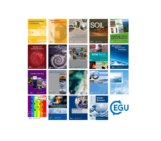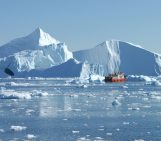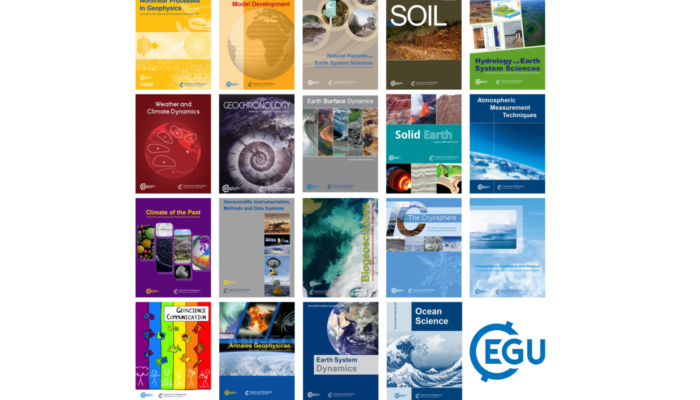
Each month we feature specific Divisions of EGU and during the monthly GeoRoundup we will be putting the journals that publish science from those Divisions at the top of the Highlights roundup. For July, the Divisions we are featuring are: Atmospheric Science (AS), Hydrological Sciences (HS) and Geomorphology (GM). They are served by the journals: Geoscientific Model Development (GMD), Annales Geophysicae (ANGEO), Atmospheric Chemistry and Physics (ACP), Atmospheric Measurement Techniques (AMT), Hydrology and Earth System Sciences (HESS), Earth Surface Dynamics (ESurf), Solid Earth (SE), SOIL and Weather and Climate Dynamics (WCD).
Featured highlights
Atmospheric Chemistry and Physics:
 Advances in air quality research – current and emerging challenges – 6 July 2022
Advances in air quality research – current and emerging challenges – 6 July 2022
This review of air quality research focuses on developments over the past decade. The article considers current and future challenges that are important from air quality research and policy perspectives and highlights emerging prominent gaps of knowledge. The review also examines how air pollution management needs to adapt to new challenges and makes recommendations to guide the direction for future air quality research within the wider community and to provide support for policy.
Atmospheric Measurement Techniques:
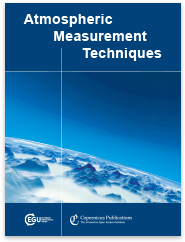 Enhancing MAX-DOAS atmospheric state retrievals by multispectral polarimetry – studies using synthetic data – 4 July 2022
Enhancing MAX-DOAS atmospheric state retrievals by multispectral polarimetry – studies using synthetic data – 4 July 2022
MAX-DOAS is a widely used measurement technique for the remote detection of atmospheric aerosol and trace gases. It relies on the analysis of ultra-violet and visible radiation spectra of skylight. To date, information contained in the skylight’s polarisation state has not been utilised. On the basis of synthetic data, we carried out sensitivity analyses to assess the potential of polarimetry for MAX-DOAS applications.
Hydrology and Earth System Sciences:
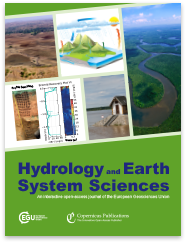 HESS Opinions: Chemical transport modeling in subsurface hydrological systems – space, time, and the “holy grail” of “upscaling” – 18 July 2022
HESS Opinions: Chemical transport modeling in subsurface hydrological systems – space, time, and the “holy grail” of “upscaling” – 18 July 2022
Extensive efforts have focused on quantifying conservative chemical transport in geological formations. We assert that an explicit accounting of temporal information, under uncertainty, in addition to spatial information, is fundamental to an effective modelling formulation. We further assert that efforts to apply chemical transport equations at large length scales, based on measurements and model parameter values relevant to significantly smaller length scales, are an unattainable “holy grail”.
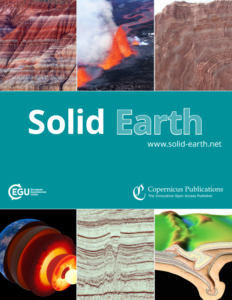 Establishing an integrated workflow identifying and linking surface and subsurface lineaments for mineral exploration under cover: example from the Gawler Craton, South Australia – 20 July 2022
Establishing an integrated workflow identifying and linking surface and subsurface lineaments for mineral exploration under cover: example from the Gawler Craton, South Australia – 20 July 2022
The insights of this study will help to improve our understanding on how to identify basement linear structures and how these lineaments could be related to surface lineaments or geology in the context of the Central Gawler Craton, South Australia. This contribution suggests a targeting concept for identifying the structural footprint of subsurface mineral systems by combining remotely sensed data corresponding to surface and subsurface features.
Other highlights
Technical Note: Past and future warming – direct comparison on multi-century timescales – 15 July 2022
Impact of bioenergy crop expansion on climate–carbon cycle feedbacks in overshoot scenarios – 8 July 2022
Coupling human and natural systems for sustainability: experience from China’s Loess Plateau – 11 July 2022
Nonlinear Processes in Geophysics:
Using neural networks to improve simulations in the gray zone – 22 July 2022
EGU science in the news – July 2022
- Wood heating pollutes the air in mountain areas more than previously assumed (Science Daily) based on a study published in the EGU journal Atmospheric Chemistry and Physics (ACP)
- Greater temperature changes linked to worse extinction events (earth.com) based on an EGU press release
- Global warming of 2C could ‘double’ flooding costs in China compared to 1.5C (Carbon Brief), based on a study published in the EGU journal Natural Hazards and Earth System Sciences
- Climate change and land-use changes increase likelihood of flood events (phys.org) based on an EGU press release
- Community Science Project Helps Track Geohazard Risks in Uganda (preventionweb.net), based on a study presented at the European Geosciences Union General Assembly 2022
- In a paradox, cleaner air is now adding to global warming (Science), based on a study, submitted as a preprint to the EGU journal Atmospheric Chemistry and Physics
- Yellow weather warning issued over high temperatures from Sunday to Tuesday (The Irish Times) quotes a study paper being published in the EGU journal Climate of the Past
- In ominous sign for global warming, feedback loop may be accelerating methane emissions (Science), based on a study posted in June for review at the EGU journal Atmospheric Chemistry and Physics

